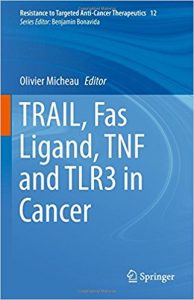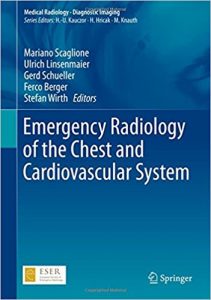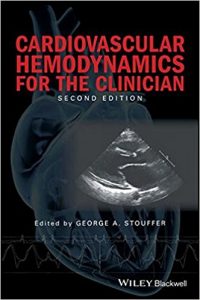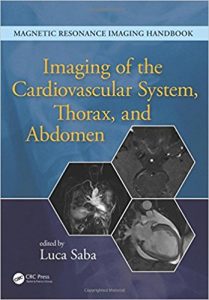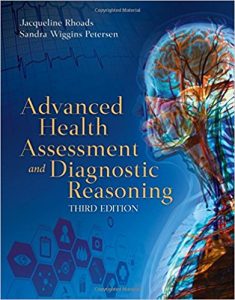A Clinician’s Guide to Integrative Oncology: What You Should Be Talking About with Cancer Patients and Why 1st ed. 2017 Edition
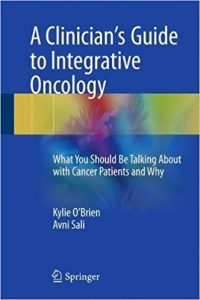
[amazon template=iframe image2&asin=3319566318]
This book is the definitive guide for oncologists, general medical practitioners and other healthcare professionals with an interest in integrative oncology. Guiding you on how to conduct the “ultimate consultation” from an integrative medicine perspective, this text is a valuable educational tool, presenting the latest evidence-based approaches to managing the cancer patient, as well as anecdotes and practical recommendations from Dr. Sali’s decades of clinical experience as a leading expert in integrative oncology. Topics include the role of mind-body medicine in cancer, stress reduction, diet, sleep, sunshine and Vitamin D, exercise, vitamins and other supplements, supportive complementary medicines including Chinese herbal medicine and acupuncture, and innovative investigative and treatment technologies. Written by two clinicians who are also educators and researchers, A Clinician’s Guide to Integrative Oncology provides practical, evidence-based information and patient advice that clinicians can put into practice immediately.









